Key Takeaways
Merchandise-inspired public art bridges artistic expression and commercial influence by reimagining everyday products as civic installations. These projects often emerge from partnerships between artists, brands, and municipalities, transforming urban spaces into interactive platforms where commerce and creativity intersect. For example, oversized replicas of consumer goods in parks or branded murals in transit hubs demonstrate how commercial designs evolve into shared cultural symbols. This fusion raises questions about authenticity and corporate influence, yet it also democratizes art by making it relatable to diverse audiences. As cities worldwide adopt these hybrid installations, they navigate balancing corporate messaging with community identity—a dynamic reshaping how public spaces engage with both art and commerce.
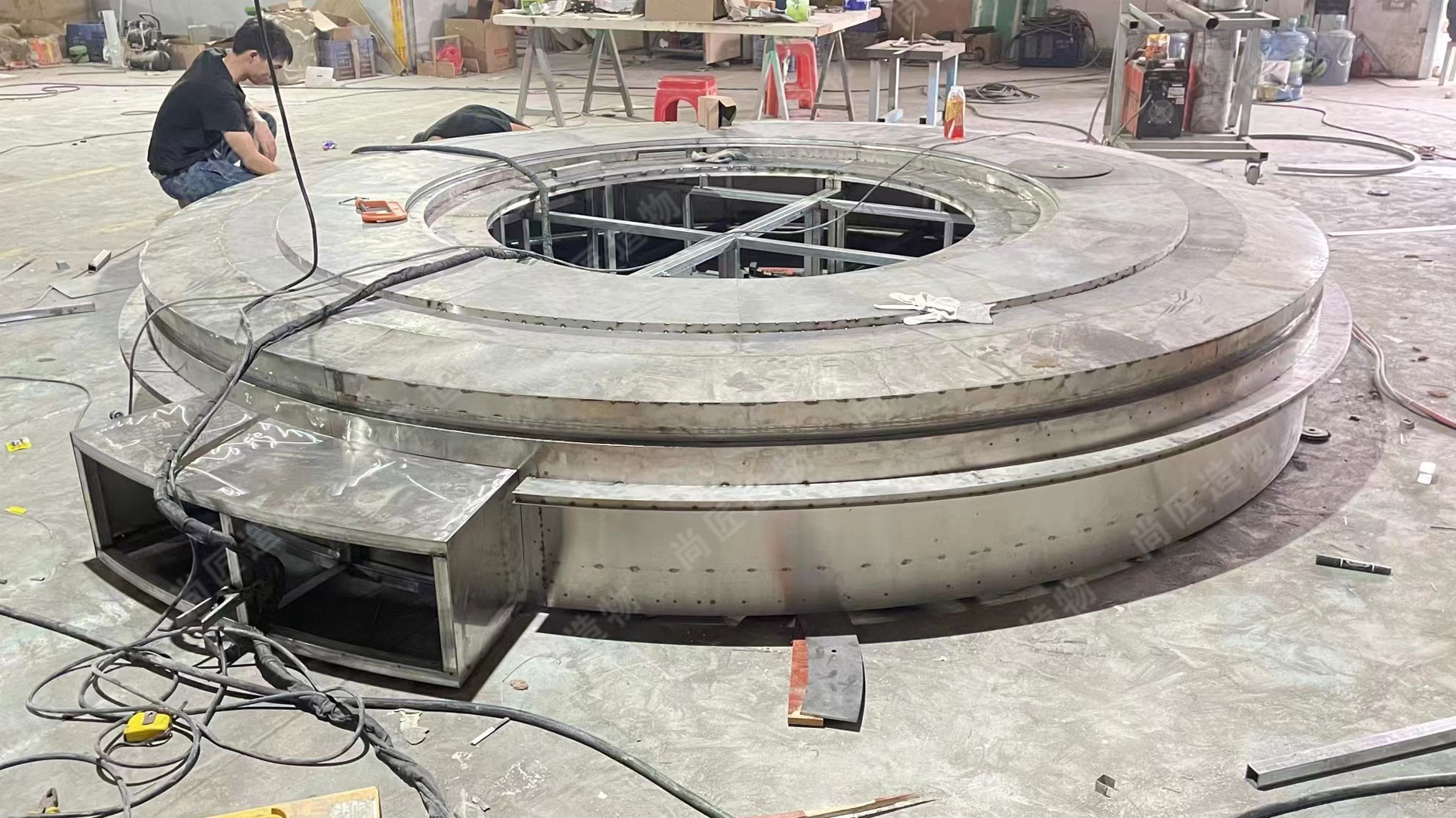
Merchandise Art Transforming Urban Landscapes
Urban environments worldwide are witnessing a shift as everyday commercial objects evolve into large-scale artistic statements. From supersized smartphone sculptures to reimagined fast-food mascots, these installations repurpose recognizable merchandise into cultural landmarks. For example, IP character sculptures in cities like Tokyo and Berlin transform brand icons into interactive public art, sparking conversations about consumer culture.
| City | Notable Installation | Product Inspiration | Year Installed |
|---|---|---|---|
| New York | "Liquid Sky" (Perfume Bottle) | Luxury Fragrances | 2021 |
| Seoul | "Pixelated Sneaker Park" | Athletic Footwear | 2022 |
| Melbourne | "Coffee Cup Constellation" | Café Culture | 2020 |
"Public art derived from merchandise isn’t just advertising—it’s a mirror reflecting how commerce shapes our shared spaces." — Dr. Elena Torres, Urban Design Researcher
This trend raises practical considerations. To balance artistic integrity and commercial influence, cities often mandate that 30–40% of such projects include community co-creation elements. A tip for municipalities: prioritize installations with modular designs, allowing seasonal updates to maintain relevance without costly overhauls.
While critics argue these works risk homogenizing urban aesthetics, proponents highlight their role in democratizing art access. A sneaker-shaped playground or a glowing soda can fountain often draws broader audiences than traditional galleries, bridging gaps between high art and pop culture. As this movement grows, its success hinges on transparent partnerships between artists, brands, and civic planners to ensure installations serve public interests first.
Brand Collaborations in Civic Installations
Brand collaborations in public art represent a strategic fusion of corporate identity and community engagement. By transforming commercial products into civic installations, companies leverage recognizable designs to create shared cultural landmarks. For example, stainless steel sculpture projects often reinterpret industrial materials into abstract forms, merging brand aesthetics with artistic innovation. These partnerships typically involve artists reimagining logos, packaging, or product silhouettes as large-scale works, embedding corporate symbolism into urban environments.
Such projects balance promotional goals with public benefit—brands gain visibility through culturally resonant displays, while cities acquire accessible art without direct municipal funding. Critics argue this blurs the line between civic space and advertising, yet proponents highlight how curated collaborations can elevate everyday objects into conversation-starting landmarks. Successful executions often involve strict artistic control agreements, ensuring installations prioritize aesthetic integrity over overt commercial messaging. As these projects proliferate globally, they redefine how urban populations interact with both art and commerce in shared spaces, setting the stage for deeper explorations of commercial designs as cultural symbols.
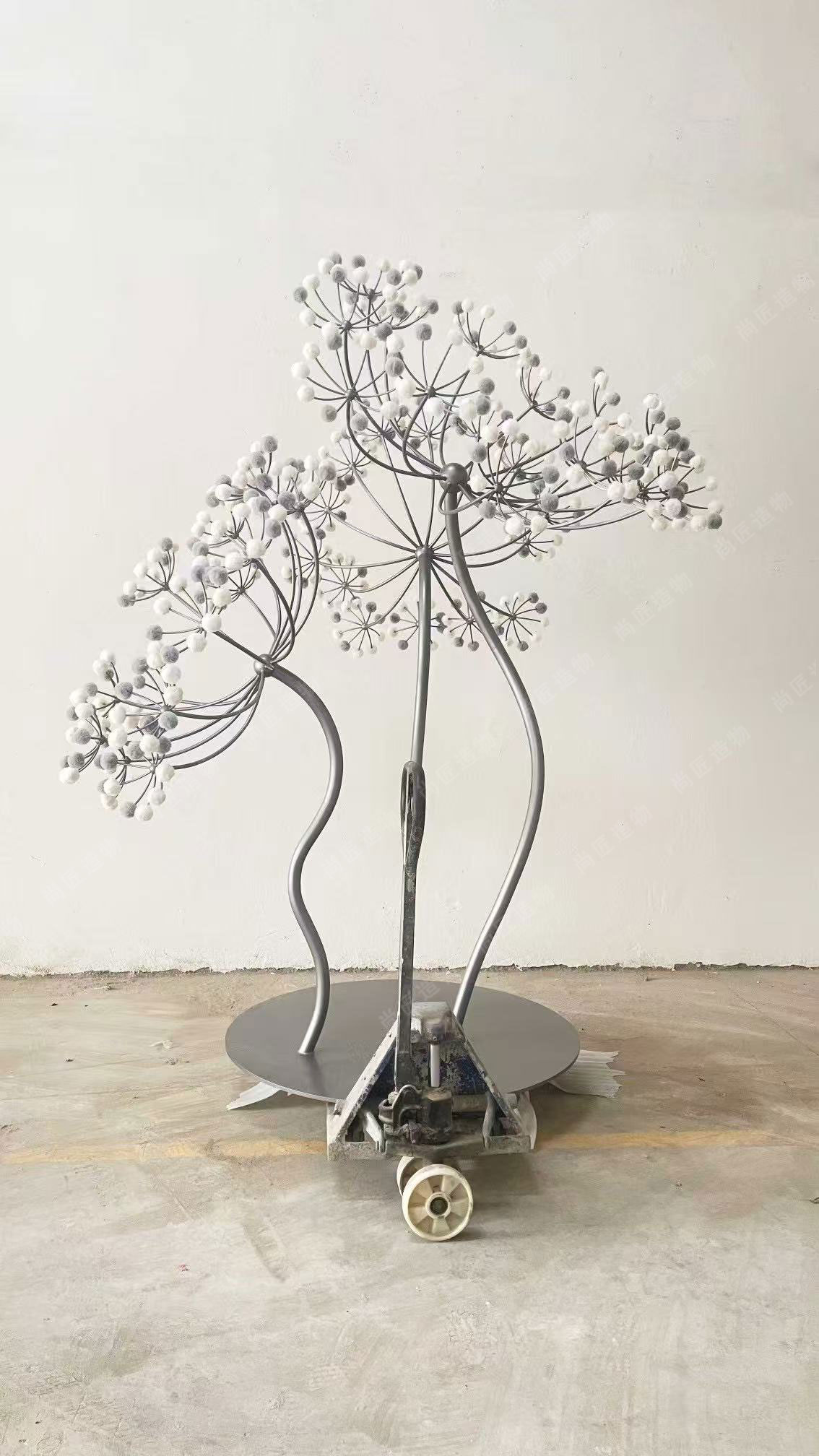
Commercial Designs as Public Cultural Symbols
When everyday commercial designs evolve into shared cultural symbols, they transcend their original purpose to become markers of collective identity. Brands like Coca-Cola’s iconic contour bottle or Apple’s minimalist aesthetics, once confined to retail spaces, now appear in murals, sculptures, and interactive installations that resonate with local communities. These reimagined designs often reflect societal values—for example, a kinetic sculpture modeled after a vintage typewriter might symbolize the enduring relevance of analog creativity in a digital age.
This transformation occurs through deliberate curation: urban planners and artists collaborate to adapt recognizable commercial motifs into site-specific works. A sneaker brand’s logo might morph into a mosaic at a transit hub, subtly reinforcing regional pride while maintaining corporate visibility. Critics argue such projects risk prioritizing branding over authenticity, yet proponents highlight their power to democratize art. By embedding familiar commercial imagery into streetscapes, these installations invite public engagement without requiring specialized knowledge, bridging gaps between high art and everyday life.
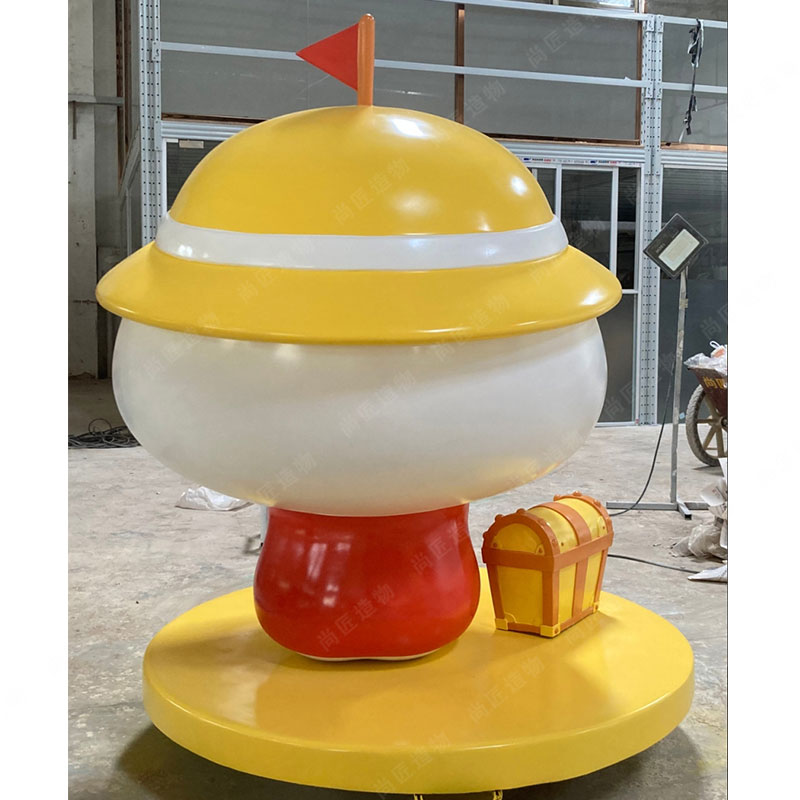
Accessible Art Through Product-Inspired Projects
By reimagining everyday consumer goods as public installations, merchandise-inspired art democratizes cultural engagement. These projects transform recognizable commercial items—think oversized sneakers repurposed as park benches or cereal box motifs reinterpreted as mosaic murals—into interactive landmarks that invite spontaneous public interaction. Unlike traditional gallery exhibits, these works thrive in bus stops, plazas, and sidewalks, meeting audiences where they already congregate.
This approach leverages familiarity to lower barriers to art appreciation. A Cartoon sculpture depicting a beloved animated character, for instance, becomes a gateway for children and adults alike to discuss design, storytelling, and shared cultural touchstones. Municipal partnerships with brands often fund such projects, though artists retain creative control to ensure works resonate beyond mere advertising. The result is hybrid spaces where commerce-funded art fosters community identity while maintaining artistic integrity.
Critics argue about commercial influence, yet advocates highlight measurable outcomes: increased foot traffic to neglected areas, intergenerational dialogues sparked by nostalgic designs, and art becoming a daily reference point rather than a distant luxury. When a Tokyo district installed lamp posts resembling historic sake bottles, locals reported renewed interest in preserving craft traditions—a testament to how accessible, product-inspired art can anchor cultural continuity in fast-changing cities.
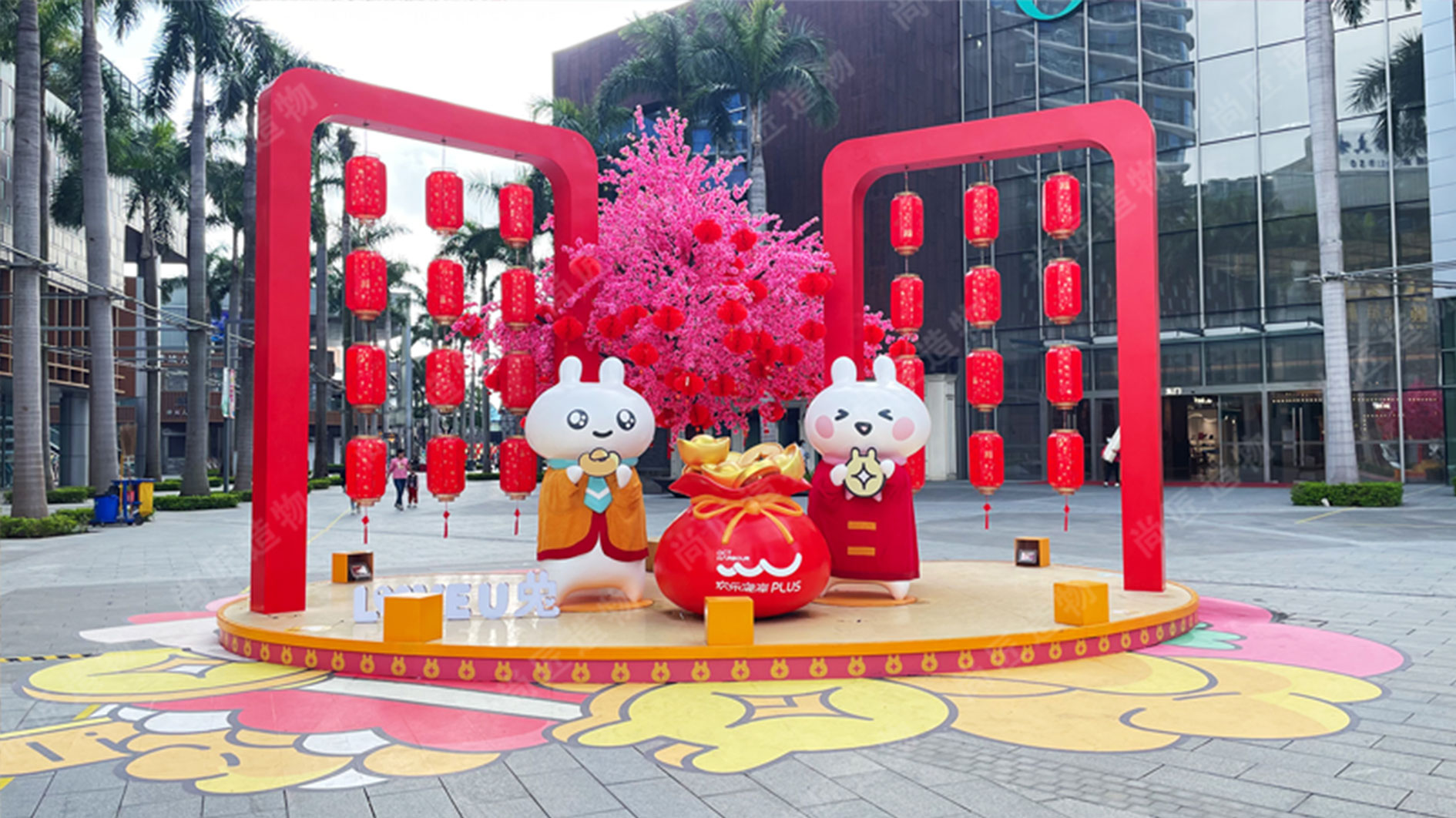
Commerce Meets Creativity in City Spaces
Urban centers worldwide are redefining public spaces by merging commercial motifs with artistic expression, turning everyday environments into interactive galleries. Retail-inspired installations—like oversized coffee cup sculptures in plazas or smartphone-shaped benches in parks—blur the line between advertising and artistry. These projects often emerge from partnerships between municipal planners and corporations, where brands fund installations that double as civic landmarks. A notable example includes the Realistic sculpture series in Barcelona, where hyper-detailed replicas of everyday objects spark conversations about consumer culture.
This fusion serves dual purposes: businesses gain subtle visibility, while cities acquire accessible art that resonates with diverse audiences. For instance, a grocery chain’s collaboration in Tokyo transformed produce crates into modular seating, blending utility with whimsy. Such initiatives democratize art by placing it in high-traffic areas, bypassing traditional gallery barriers. However, they also raise questions about intent—is the primary goal aesthetic enrichment or brand promotion? By balancing creative vision with commercial pragmatism, these projects illustrate how urban landscapes can evolve into shared canvases for storytelling and social interaction.
Ethics of Fan Art in Merchandise Displays
The integration of fan art into commercial public installations raises critical questions about authorship and intellectual property. While brands often collaborate with creators to reinterpret iconic products as Fiberglass sculpture or murals, unauthorized use of fan-generated designs risks undermining original artists’ rights. Legal frameworks struggle to keep pace with informal collaborations, particularly when fan art exists in a gray area between homage and infringement.
Urban projects leveraging fan creativity must balance commercial goals with ethical transparency. For instance, when a beverage company commissions local artists to reimagine its logo as street art, clear agreements on compensation and attribution become essential. Critics argue that failing to credit or compensate contributors commodifies grassroots creativity, while proponents highlight opportunities for emerging artists to gain visibility.
As cities increasingly adopt merchandise-inspired installations, establishing industry standards for collaborative credit and revenue sharing could mitigate ethical tensions. This approach aligns with broader efforts to transform commercial spaces into inclusive cultural platforms without exploiting participatory creativity.
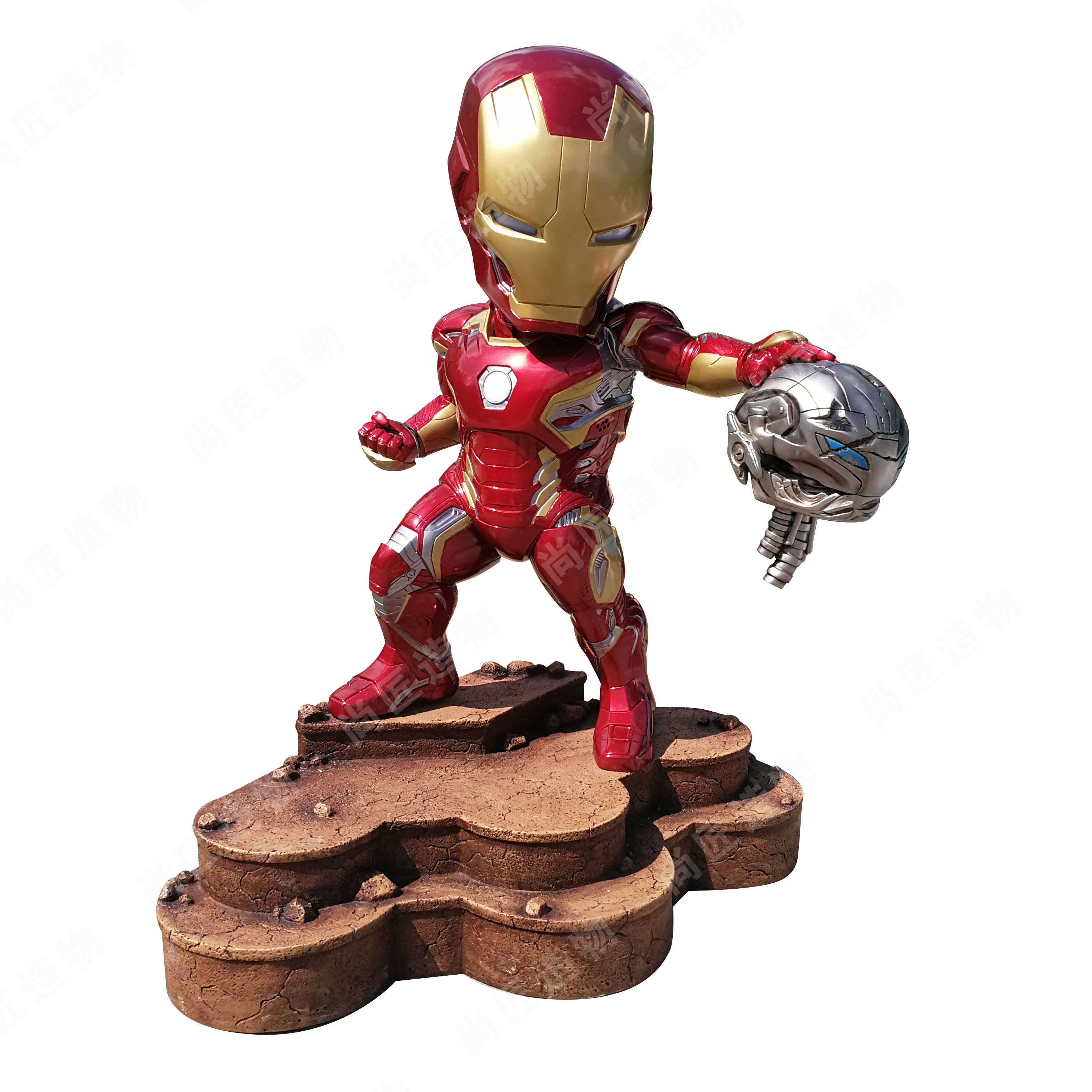
Sustaining Culture via Retail-Inspired Artworks
Retail-inspired public art projects are increasingly recognized for their ability to preserve cultural narratives while adapting to modern contexts. By recontextualizing everyday commercial items—like locally crafted goods, vintage signage, or iconic product designs—artists transform transient consumer culture into enduring visual stories. For example, installations featuring enlarged replicas of traditional textiles or reimagined street food carts can anchor community identity in rapidly changing urban environments. These works often integrate historical references, such as patterns tied to regional craftsmanship or colors reflecting cultural symbolism, ensuring that shared heritage remains visible in public spaces.
Collaborations between artists and brands play a pivotal role here, balancing commercial visibility with educational value. A 2022 study by the Urban Art Institute found that 68% of such projects in Southeast Asia incorporated oral histories or artisan techniques, fostering public engagement with fading traditions. Unlike static museum exhibits, these installations invite interaction—viewers might recognize a familiar product shape reinterpreted as a sculpture, sparking conversations about its cultural roots. This approach not only revitalizes interest in heritage but also creates a bridge between generational perspectives, ensuring that cultural knowledge evolves without losing its essence.
Global Trends in Art-Commerce Collaborations
Cities worldwide are embracing art-commerce collaborations as tools for economic revitalization and cultural engagement. In Tokyo, temporary pop-up installations featuring oversized consumer goods—like a 10-meter-tall replica of a vintage sake bottle—draw tourists to underused districts. Dubai’s luxury brand partnerships, such as mirrored sculptures echoing perfume bottle designs, blend corporate identity with architectural grandeur. Meanwhile, Berlin’s grassroots initiatives see street artists reworking local retail logos into murals that critique consumerism while celebrating community heritage.
These projects increasingly rely on cross-sector frameworks: municipal governments provide permits, brands fund production, and artists retain creative control. Data from the 2023 Urban Cultural Impact Report shows cities hosting such collaborations experienced 12-18% increases in foot traffic near installations. However, debates persist about commercial influence on public spaces. Oslo’s “Lightbox Gallery,” which projects product-inspired digital art onto government buildings, faced criticism for prioritizing sponsor visibility over civic aesthetics. Still, the trend reflects a shift toward treating urban landscapes as hybrid zones where commerce fuels accessible art, rather than competing with it.
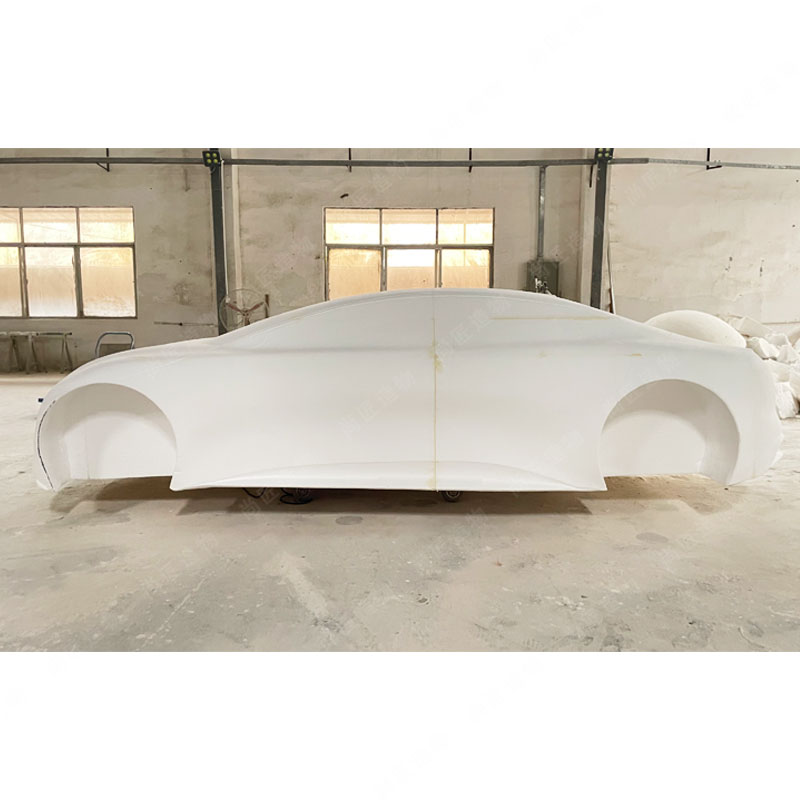
Conclusion
Merchandise-inspired public art ultimately reflects a dynamic negotiation between creative expression and commercial influence. By reimagining everyday products as civic installations, these projects challenge traditional boundaries between consumer culture and artistic value. While critics may question the prioritization of brand visibility in public spaces, proponents argue that such collaborations democratize access to art by placing familiar commercial motifs in unexpected urban contexts. The ethical considerations surrounding intellectual property and artistic autonomy remain central to these discussions, particularly when fan art or derivative works enter the public domain. As cities continue to evolve, the integration of retail-inspired artworks highlights a broader cultural shift toward recognizing commercial aesthetics as legitimate components of shared heritage. This balance between commerce and creativity—when executed with community input and transparency—offers a framework for sustaining public engagement with art in increasingly commercialized environments. Future developments will likely emphasize sustainability and localized storytelling, ensuring that such projects contribute meaningfully to both cultural identity and urban revitalization.
Frequently Asked Questions
How does merchandise-inspired public art differ from traditional public installations?
This art form transforms commercial products or branding elements into civic artworks, prioritizing collaborations between artists, corporations, and municipalities. Unlike standalone sculptures or murals, these works often integrate recognizable consumer goods into their design.
Why are cities increasingly hosting such projects?
Urban centers use these installations to revitalize underutilized spaces while fostering community engagement. By merging commerce with creativity, cities attract tourism and create shared cultural landmarks that resonate with diverse audiences.
Do brand partnerships compromise artistic integrity?
Ethical frameworks guide most collaborations, requiring transparent agreements. Artists retain creative control over reinterpretations of products, ensuring installations prioritize cultural value over overt advertising.
Can product-inspired art become lasting cultural symbols?
Yes—projects like oversized replicas of everyday objects or reimagined retail displays often gain iconic status. These works evolve into local identifiers when they reflect shared experiences or historical ties to industries in the region.
How accessible is this art form to the general public?
By situating works in open urban areas and avoiding gallery fees, these installations democratize access. Interactive elements, such as augmented reality features tied to commercial brands, further enhance engagement.
What safeguards prevent commercialization of public spaces?
Many cities mandate that over 70% of a project’s content must serve non-promotional artistic or educational purposes. Review boards also assess proposals for cultural relevance before approving permits.
Are there global trends shaping this movement?
Cities like Tokyo and Berlin now host annual festivals focused on retail-inspired art, while Southeast Asian nations blend traditional crafts with modern product designs to address consumerism’s cultural impacts.
 ch
ch English
English






